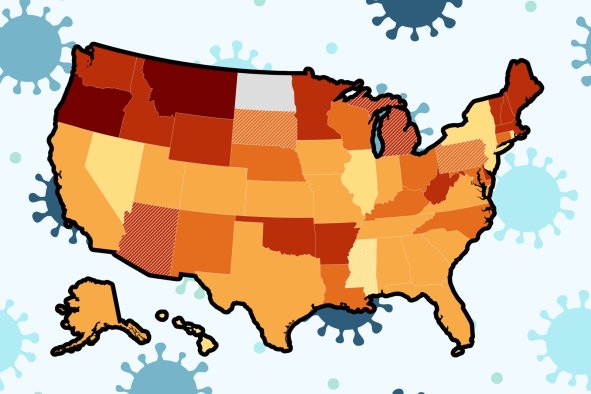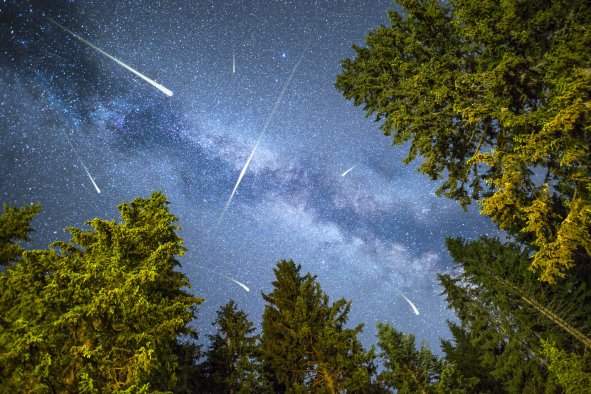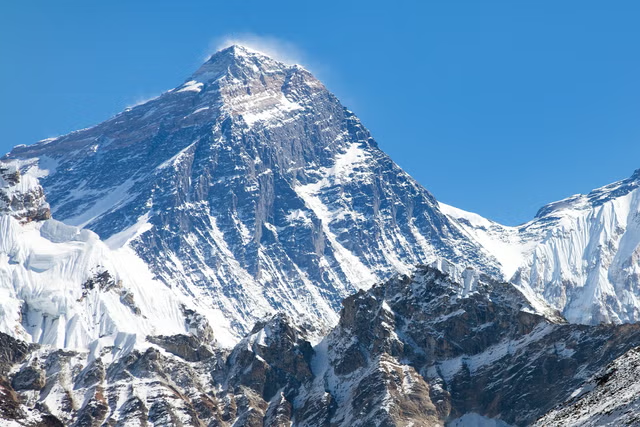Driving during the full moon might be more dangerous than you might think—for the animals out roaming at night.
In Texas, there is a 45.8 percent rise in wildlife-vehicle collisions during a full moon, compared with a new moon, according to a new paper in the journal Transportation Research Part D: Transport and Environment. The spike in collisions with wildlife during the full moon was more prominent in rural areas than in urban areas.
To reach this conclusion, the researchers collected collision data across Texas over a 10-year period and compared how many occurred during the full moon and the new moon, when the night is completely dark.
Previous research has found a correlation between the full moon and wildlife collisions in other regions, including Spain, Canada and Lithuania, so the researchers wanted to find out if the same was true in Texas.
"I compared really dark nights without moon illumination (new moon) to really dark nights with the full moon illumination," study co-author Kentaro Iio, a former Texas A&M student, said in a statement. "If you include other lunar phases in the analysis, they appear on the horizon at different times each day, making it more difficult for true apples-to-apples comparisons."
The researchers found that while there was a nearly 46 percent average increase in wildlife-vehicle collisions during the full moon, there was no significant rise in other collisions, such as vehicle-vehicle or vehicle-pedestrian ones. Some areas, including the High Plains, South Texas, Central Texas and the Upper East regions, saw particularly high increases in collisions on full moon nights, ranging from 57.8 percent to 125 percent.
The researchers suggest that this increase in wildlife collisions could be due to a variety of factors, including increased wildlife activity during the full moon and driver fatigue at night.
"Although the illumination is better, it's still nighttime," study co-author Dominique Lord, a professor at Texas A&M, said in the statement. "When you drive at night, I'm not sure the illumination from the various perspectives is so much greater compared to daytime."
"Rural areas tended to have higher collision ratios concerning the full moon than urban areas," Iio said.
The increased collision rate in rural areas compared with urban ones may be the result of lower wildlife density in cities and towns and more light pollution there, which may dilute the full moon's effects on wildlife activity.
A vehicle collision with wildlife is almost certainly deadly to the animal, and depending on the size of the animal, it can be very dangerous to the driver and passengers too. Moose collisions are particularly dangerous because their long legs and heavy bodies tend to mean they hit the windshield directly.
This study did not focus on the species of animal involved in the collisions, nor did it account for variations in illumination around the study regions. However, the researchers hope these findings will help reduce collisions with wildlife.
"Our study illuminates the importance of heightened caution for drivers even on brighter nights in Texas, particularly when you drive in areas with high wildlife density. The finding that [wildlife-vehicle collisions] increase on full moon nights can be an interesting trivia, but what matters more is how to use this information to prevent future crashes," the researchers wrote.
Do you have a tip on a science story that Newsweek should be covering? Do you have a question about full moons? Let us know via science@newsweek.com.
Reference
Iio, K., & Lord, D. (2024). Does wildlife-vehicle collision frequency increase on full moon nights? A case-crossover analysis. Transportation Research Part D: Transport and Environment, 135. https://doi.org/10.1016/j.trd.2024.104386
Disclaimer: The copyright of this article belongs to the original author. Reposting this article is solely for the purpose of information dissemination and does not constitute any investment advice. If there is any infringement, please contact us immediately. We will make corrections or deletions as necessary. Thank you.



